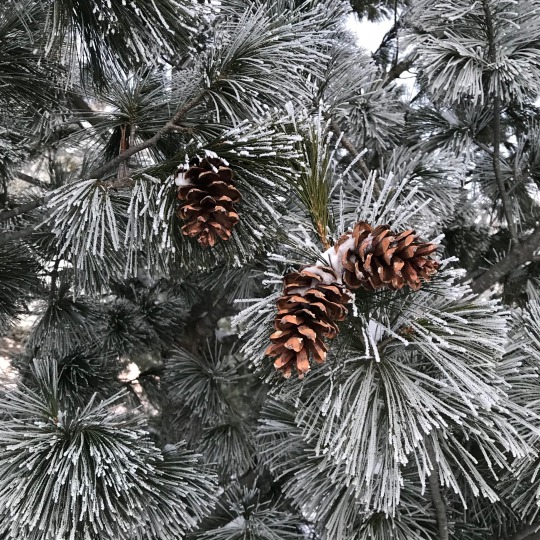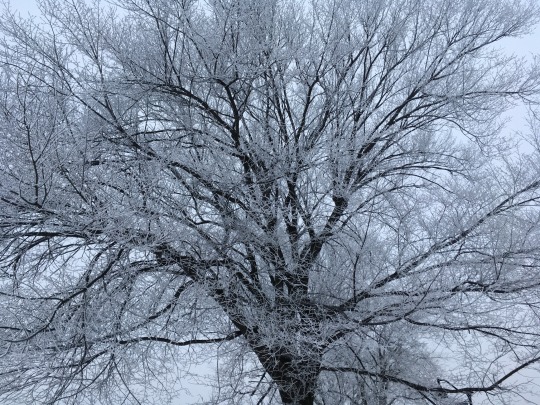Text
Clearly, I have a promising future in filming nature documentaries.
1 note
·
View note
Text

Hair Styles: The Elusive Winter/Fall Wave
An easy and efficient way to achieve wavy locks for those with straightish hair.
Step 1. Twist hair into a bun
Step 2. Step outside and get snowed on for an hour or two
Step 3. Allow hair to return to room temperature
Step 4. Release hair from its bun
1 note
·
View note
Text

The debut of my Bundt pan. Chocolate zucchini cake with cherries and chocolate frosting.
2 notes
·
View notes
Text
The Perseid Meteor Shower Is Here!

Image Credit: NASA/Bill Ingalls
The Perseids are at their peak this week!
The Perseid meteor shower, one of the biggest meteor showers of the year, will be at its brightest early in the morning on Wednesday, August 12. Read on for some tips on how to watch the night sky this week – and to find out: what exactly are the Perseids, anyway?

Credit: NASA/Bill Ingalls
Your best chance to spot the Perseids will be between 2 AM and dawn (local time) the morning of August 12. Find a dark spot, avoid bright lights (yes, that includes your phone) and get acclimated to the night sky.
Your eyes should be at peak viewing capacity after about 30 minutes; though the Moon may block out some of the dimmer meteors, you should still be able to see up to 15-20 an hour. If you’re not an early bird, you can try and take a look soon after sunset (around 9 PM) on the 11th, though you may not see as many Perseids then.

Credit: NASA/MEO
If it’s too cloudy, or too bright, to go skywatching where you are, you can try again Wednesday or Thursday night – or just stay indoors and watch the Perseids online!
Our Meteor Watch program will be livestreaming the Perseids from Huntsville, Alabama on Facebook (weather permitting), starting around 9 p.m. EDT on August 11 and continuing through sunrise.
So… why are they called the Perseids?
Because all of a meteor shower’s meteors have similar orbits, they appear to come from the same place in the sky – a point called the radiant.
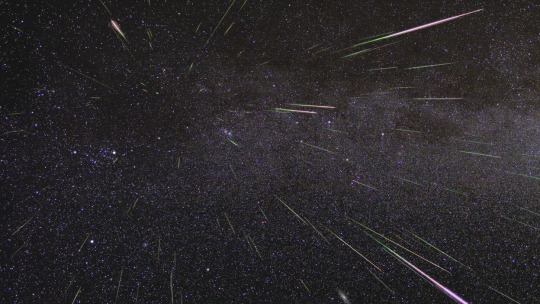
The radiant for the Perseids, as you might guess from the name, is in the constellation Perseus, found near Aries and Taurus in the night sky.
But they’re not actually coming from Perseus, right?
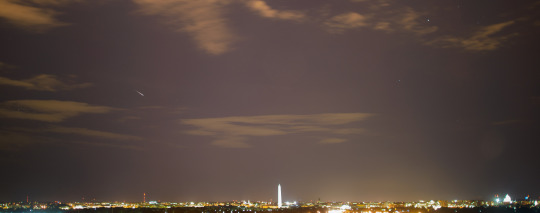
Credit: NASA/Joel Kowsky
Right! The Perseids are actually fragments of the comet Swift-Tuttle, which orbits within our solar system.
If you want to learn more about the Perseids, visit our Watch the Skies blog or check out our monthly “What’s Up” video series. Happy viewing!
Make sure to follow us on Tumblr for your regular dose of space: http://nasa.tumblr.com
4K notes
·
View notes
Text

2 notes
·
View notes
Text

Turns out school Craisins were garbanzo beans in disguise this entire time.
0 notes
Text
“My parents raised me to believe that I should be proud to live in the land of the free. But what the heck did any of that mean if it came at the cost of other people’s countries and lives?”
— Juliet Takes a Breath, by Gabby Rivera
0 notes
Text

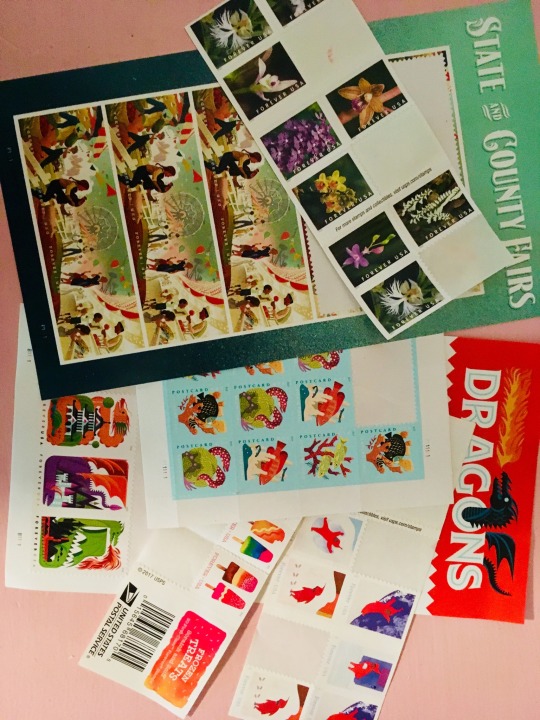
My library is getting fancy with their curbside pickup receipts, so, thanks to them, I now know it is U.S. Postage Stamp Day. Stamps are amazing functional stickers and I wish I had known about this earlier, but, nevertheless, happy stamp day!!!
3 notes
·
View notes

